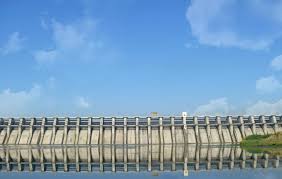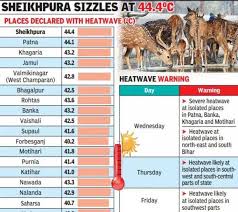Jayakwadi Dam: A Vital Resource for Maharashtra

Introduction
The Jayakwadi Dam, located on the Godavari River in Maharashtra, plays a crucial role in the irrigation and water supply system of the state. As one of the largest dams in India, it supports agricultural activities, drinking water supply, and power generation, making it a vital asset for sustaining the local economy and preserving agricultural productivity. With the increasing challenges posed by climate change and water scarcity, the relevance of Jayakwadi Dam has gained significant attention in recent years.
Recent Developments
As of late 2023, Jayakwadi Dam has been in the news due to ongoing initiatives aimed at optimizing its water management practices. The dam’s current storage capacity stands at approximately 4.4 million cubic meters, and the Maharashtra government has implemented several measures to ensure effective water distribution to surrounding regions. In light of the recent erratic monsoon patterns, efforts have been intensified to monitor water levels and maintain a balance between irrigation needs and domestic water supply.
Additionally, construction works on the dam’s infrastructure, aimed at enhancing its operational efficiency, have progressed significantly. New water management technologies are being integrated, allowing for real-time monitoring of water usage across different sectors. These advancements are expected to improve the accessibility and quality of water supply throughout the region.
Significance and Future Outlook
The Jayakwadi Dam not only supports local agriculture but also serves as a critical buffer against drought conditions that can arise from increasingly unpredictable weather patterns. With the government prioritizing sustainable water management, the dam is also envisioned to meet future demands as the population continues to grow. Local farmers and residents alike are hopeful that improved infrastructure will lead to enhanced water availability, directly impacting livelihood success.
In conclusion, the Jayakwadi Dam remains a pivotal structure for Maharashtra, signifying the intersection of natural resource management and agricultural sustainability. As the state continues to develop and refine its approach to water resource management, the dam’s role is expected to evolve, aligning with the broader goals of water conservation and efficient utilization. Awareness of its significance will help to ensure that this vital resource is adequately maintained and improved for future generations.









